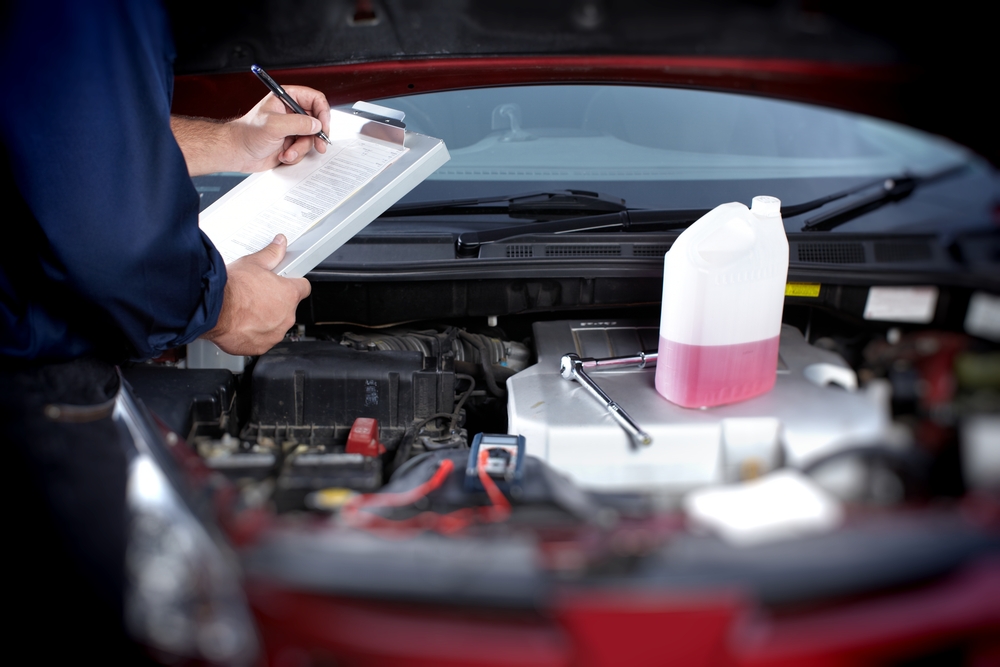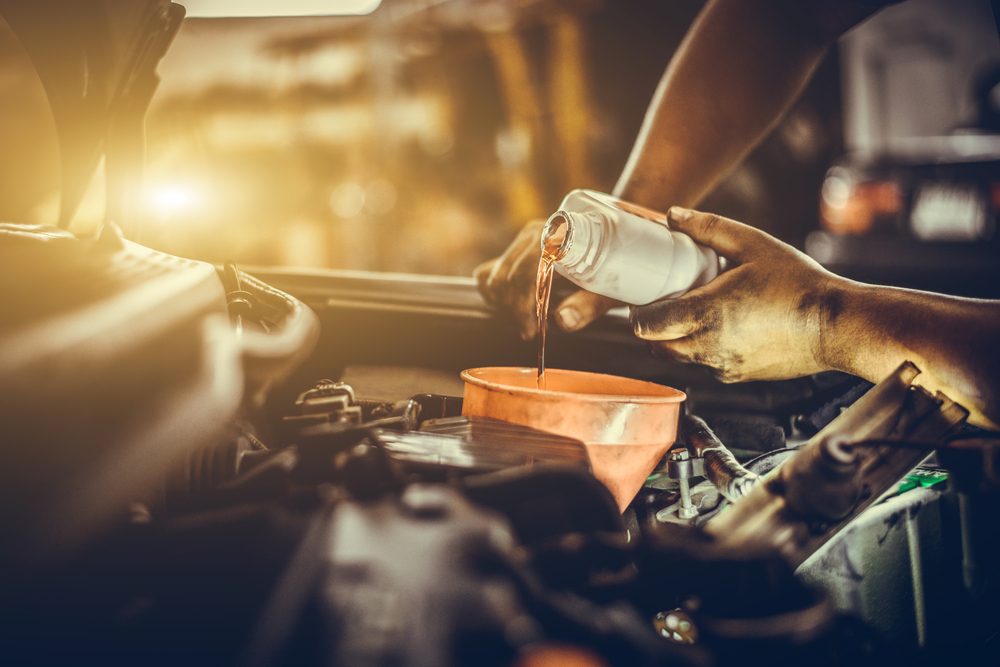
Are you someone who likes to keep your car forever? Did you buy your dream car and want to enjoy driving it in top condition for as long as possible? As one of the biggest purchases you’ll ever make, taking care of your car so it lasts as long as possible makes sense. With advances in technology, engineering, manufacturing techniques, a new car is expected to last about 15 years.
But, if you want your car to last, the most important thing you can do is take good care of it. This means properly maintaining it so that it stays in top shape. Here are 7 things you can do to prolong the life of your car – and save yourself some money:
- Change Filters
Over time, your cars oil, air filters, and fuel filters become clogged. Replace the filters as part of regular servicing. Replace your air filter at least every 2 years (or 24,000 miles) or whenever it becomes dirty. A dirty air filter can reduce fuel efficiency, hurt engine performance, and contribute to higher emissions. A dirty fuel filter can cause your engine to run poorly as it’s not getting the fuel it needs in order to run properly. Luckily the fuel filter will likely only need to be replaced once or twice during the life of the car and are relatively inexpensive to replace. The oil filter removes particles and contaminants from the oil, which can accumulate over time as the oil runs through the engine.
Changing filters are easy tasks if you want to replace them yourself rather than bring to an auto repair shop to save money. Make sure you use genuine parts in your car, poor quality filters can cause engine damage.
- Check Your Tires
Tires are arguably your car’s most important safety feature. You put yourself and others at risk when driving on worn tires, especially in poor weather conditions. Tires are expensive so you want them to last.
Conduct regular tire maintenance including regular tire rotations (rotated from front to back on the same side), proper inflation and routine front-end alignment. Keep tires at the pressures recommended in the owner’s manual. Underinflated tires can lead to increased fuel consumption and premature tire wear. Check your tires once per month to ensure all tires have the correct pressure.
Alignments should also be performed every time you get new tires on your car. It helps with tire wear and will your car from wandering left to right when driving. Look for leaks, punctures, and worn tread on your tires. Tire wear affects the ability of the car to handle and stop in all conditions.

- Change Oil and Fluids
Oil is essentially the “blood†of the engine, providing essential lubrication and reducing wear on the car’s moving parts. If the oil is old, dirty or running low, it will lead to premature wear on the engine and ultimately the death of it.
Avoid going outside the recommended mileage for an oil change. Modern cars monitor the oil level and alert you when it’s time to change the oil. Otherwise, consult your operator’s manual for the suggested mileage. Be sure to know what kind of oil goes into your car. Using the wrong weight can damage your engine.
In addition to oil, the car’s major fluids, like transmission, differential, coolant, brake and power steering, are critical keeping it operating. The mileage range for fluid replacement can vary greatly depending on your vehicle and weather conditions (hot summers and/or cold winters). If you are unsure of when to change your fluids, check your owner’s manual, do some internet research, or consult a trusted mechanic to measure your fluid levels.
- Change Your Sparkplugs
This is sometimes overlooked but should not be neglected. Over time spark plugs will build up gunk and carbon deposits causing them to be less efficient. If they have buildup on them, it can cause your engine to run rough and less efficient causing poor mpg and reduced engine performance. For most cars, replacing the spark plugs is a simple task and will be less than $100 (depending on the car/engine) and only need to be replaced every 60,000-70,000 miles.
Luckily if your car is a diesel or electric (obviously) you don’t need to worry about this!
- Use Air Conditioning
Sometimes drivers don’t use their air conditioning, thinking it will help them conserve fuel. However, not using the air conditioner can lead to refrigerant leakage. Use you’re A/C every so often to keep the system in check.
- Stick to The Service Schedule
Regular servicing is essential for keeping your car in top condition. Investing in regular servicing now will help avoid costly repairs later. A well-maintained car will last longer, be more fuel efficient, have better performance and hold its resale value. Always follow your maintenance schedule so your car is always up to speed with its best performance. Even missing one oil change can contribute to premature engine wear. If you’ve neglected following your vehicle’s maintenance schedule, it’s never too late to start. Have a mechanic inspect your vehicle for any problems and make any necessary repairs.
It’s also a good idea to log and save all receipts for maintenance and repair on your car. It will help the resale value should you decide to sell it at any point.
- Maintain Car Battery
Over time your battery will slowly lose its ability to hold a charge and can leave you stranded in need of a jump-start. Your battery will also degrade if you don’t use your car for a long period of time, especially in cold weather. Jump-starting your car puts an additional strain on the battery.
Try to drive your car at least once a week to maintain the battery. Never ignore your low battery sign and always get it checked regularly. Many local auto shops even offer to check your battery free of charge! Look for leakage or mineral build up and clean it with a battery cleaning brush and do this whenever necessary.
Â
Don’t forget to properly dispose of your battery as they are highly toxic to the environment!
- Replace Your Timing Belt and Water Pump
Many cars have timing belts that need to be replaced a few times during the life of the car. For most cars, it’s around the 70,000-80,000 mile mark. This is likely out of most people’s mechanical ability and should be taken to the dealership or trusted mechanic to handle this.
If the timing belt snaps, it can cause major damage to the valvetrain of car and one hefty bill (way more than the cost to change the belt). Not all cars have timing belts though, some have chains that don’t need replacing and others don’t have either. Check your owner’s manual or call your dealership for more information.
The water pump should also be replaced when the timing belt is replaced. They are typically replaced when the timing belt is because on most cars the water pump is run off the timing belt and is easy to access when replacing the belt. Water pumps can fail or leak with age, so replacing it before it happens is a good idea. Otherwise, you pay more money down the line.
- Check Your Brakes and Suspension
Your Breaks need to have the pads and brake rotors replaced every so often in order to maintain a safe vehicle. If you’re not sure how to check them, take your car to a trusted mechanic or local dealership and have them inspect them.
Your car’s suspension will wear with time and will become noticeable later in the car’s life. You should make sure to replace any loose suspension components or leaking shocks. Living in snow country can quicken the deterioration of the suspension components due to the salt on the roads. Have a mechanic/dealership check
- Keep Car Clean
Dirt and grime can get into moving parts and the chassis, leading to wear and corrosion. Winter road salt is especially corrosive and bird droppings can ruin the paintwork if not removed quickly.
Wash your car by hand or bring it to a hand wash. Automated car washes can miss spots, tear off parts of the car, and the stiff brushes can leave fine scratches.Make sure you clean the undercarriage, too (especially if you live where salty roads are present).You should:
- Regularly wash and clean your car’s interior and exterior.
- Regularly apply wax or some other form of protective coating for the paint.
- Polish the paintwork at least once a year to provide a layer of protection.
Keeping the inside of your car is just as important as the exterior. Dirt particles are abrasive, and spilt liquids, such as soda, can be corrosive. Vacuum and clean the interior of your vehicle once a month to prevent premature wear.
If you are a smoker, make sure to try to rid the smell. Many of the same methods for ridding smoke smellfrom a home also work well in a car. To preserve the vehicle’s paint, it’s best if you store your car in a garage or cover with a car cover. Protecting your car from rough weather conditions and direct sunlight will slow the paint oxidation process. In any case, be sure to regularly apply a coat of wax or some other form of protective coating for your car’s paint.
Â
Maintaining your car is very important to increase the life of your car and keep in running effectively. Being proactive with your car’s maintenance and following the tips in this article will help keep your car running for 200,000 miles or more. Addressing small issues now will save you money and headaches in the long run.
Ernie Da Costa is a contributor for AutoNation and works with various dealerships such as Audi South Orlando. He has years of experience in the automotive industry and is passionate about all things cars.
